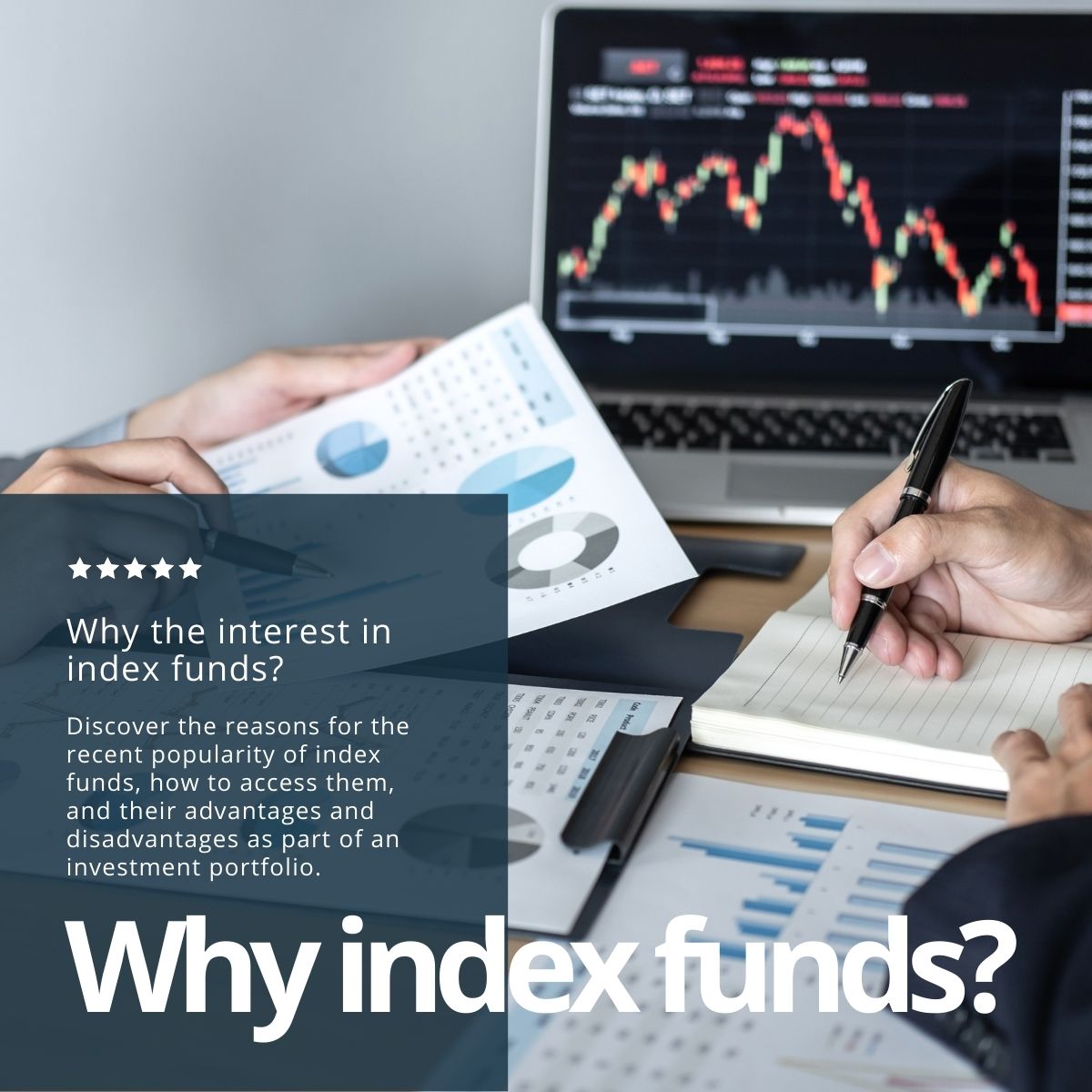An index fund is a type of mutual fund or exchange-traded fund (ETF) with a portfolio constructed to match or track the components of a financial market index, such as the S&P/ASX 200 index. An index fund is said to provide broad market exposure, low operating expenses, and low portfolio turnover. These funds follow their nominated benchmark index regardless of the state of the markets[1].
An index investment fund seeks to deliver a similar return, less fees, as the index it has chosen to benchmark. In its simplest form, an index fund purchases the same shares in the same proportions as its index. For example, an S&P/ASX 200 index fund will hold shares in Australia’s 200 largest companies. An MSCI BRIC index fund will invest in major companies in Brazil, Russia, India, and China. Index funds cover shares, commodities, precious metals, and other asset classes.
With a vast range of indices to choose from, index funds are a useful tool for investors seeking access to both broader and more narrowly focused segments of global investment markets.
The alternative to index (or passive) investing is to either pick individual shares or invest in an active fund. Through stock picking and active trading, active fund managers seek to outperform their selected indices.
Both index and active funds may be listed, in which case units are traded on a stock exchange in much the same way as shares. Or they may be unlisted, with investors buying and redeeming units directly with the fund manager.
What are the advantages of index funds?
There are several reasons why index funds have become so popular:
- Lower fees. Without expensive investment analysts picking shares, and with relatively low levels of buying and selling, it costs less to run an index fund.
- More tax efficient. Active funds have higher turnover rates of their underlying shares, which triggers more capital gains tax events. Tax paid along the way can reduce the total capital pool on which compound interest can work its magic.
- Better returns. Many studies have shown that, on average, index funds do better than active funds. In part that’s because of the lower fees and tax efficiency, but it also reflects how difficult it is to pick winners in the share market.
What are the disadvantages of index funds[2]?
Index funds do have some downsides:
- No outperformance. Some active managers do have good records of beating the market. However, it’s difficult to identify who these are in advance.
- More risk in a falling market. Index fund managers don’t use stop-losses, hedging, or shorting to protect their portfolios when things head south. Index funds follow the market down, as well as up.
- Lack of choice. You invest in the assets that make up the index, even if that includes companies you don’t approve of, perhaps due to poor records on environmental or social responsibility.
- They’re boring. Many people enjoy backing their investment hunches, either through direct stock picking or selecting specialist managed funds. That fun isn’t available to the pure index investor.
How can index funds be accessed?
Index funds can be held directly, just like any managed fund. Many investment platforms include unlisted index funds on their investment menus and may also provide access to listed index funds. Public offer superannuation funds that provide a wide range of investment options will usually have index funds on their lists.
What’s right for you?
At one extreme there will always be determined DIY stock pickers with no interest in managed funds of any variety. On the other hand, there are investors for whom index funds provide all the tools they need to construct well-diversified, low cost investment solutions.
Between them is a large group of investors who use index funds to build the foundation of their portfolio, while looking to add some icing to the cake via active funds or share selection.
There are many ways in which index funds may be used to help you reach your investment goals. To find out more, talk to your Lifespan Financial Planning authorised financial planner.
[1] https://www.investopedia.com/terms/i/indexfund.asp
[2] 5 reasons to avoid index funds: https://www.investopedia.com/articles/stocks/09/reasons-to-avoid-index-funds.asp
Index Funds vs. Actively-Managed Funds: https://www.thebalance.com/index-funds-vs-actively-managed-funds-2466445





